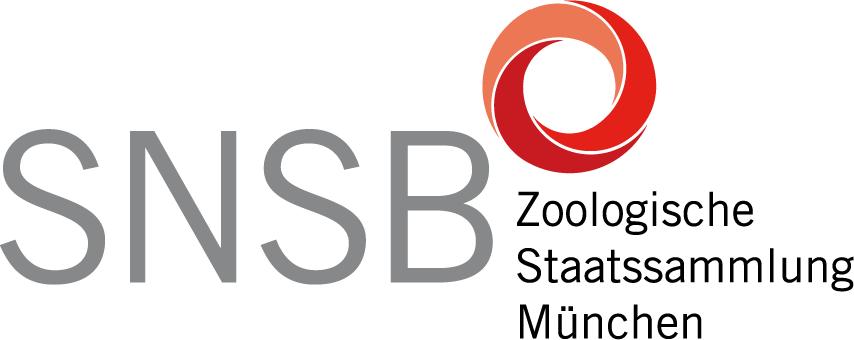Author Guidelines
Important notice: We have been informed that there is another SPIXIANA website in addition to the SPIXIANA section of this website (zsm.snsb.de). This other website is hosted in India and is not associated with the ZSM website in any way. The same ISSN number 0341-8391 is used without authorization. We strongly advise against using the services offered there, as money is requested and we do not know whether and which services are provided in response to this. We expressly distance ourselves from the content of this website and warn against using it.
The journal considers manuscripts written in English, German, or French. Manuscripts should be submitted electronically as e-mail attachment to one of the managing editors (insects: Raupach@snsb.de; other arthropods and invertebrates: Melzer@snsb.de; vertebrates: Glaw@snsb.de; methodological studies: Matschiner@snsb.de), or to spixiana@snsb.de.
The organisation of the manuscript should be as follows: Title, Author(s), Address(es), Abstract (max. 300 words), Text, Acknowledgements, References, Appendix, Tables, Figure Captions, Figures. The text should be in Word or RTF format with a minimum of character and paragraph formatting (e.g. italics for genus and species names, and bold for headings). Tables can be created using the table function of the word processor but should not contain merged cells or new line characters. Identification keys should be formatted using tabulators. Avoid using blank spaces for adjusting text. Capitalization should be avoided except for abbreviations of depositories. The editors reserve the right to make minor textual changes that do not alter the author’s meaning. The name, postal address, and e-mail of the corresponding author should be given on the first page. All papers must conform to the latest edition of the International Code of Zoological Nomenclature. The original author and date of a taxon name should be cited at least once (e.g. at first mention). It is welcomed if representative material from contributions published in SPIXIANA is deposited in the Zoologische Staatssammlung.
Digital photographs and other half-tone images should have high quality and a resolution of at least 400 dpi at the final image size. Line drawings should be scanned at a resolution of 1200 dpi as black and white (not greyscale) images and saved as TIFF (not JPG). Illustrations can be compiled to plates. All illustrations should be supplied in digital format, TIFF or PSD for raster images, EPS, PDF or Adobe Illustrator™ (together with externally linked images) for vector graphics. Labels and scale bars should be placed in separate layers or added with a vector graphics program. Line-art and halftones must not be combined in a single grouped illustration. Printing of figures in colour is available at author’s cost.
In-text citations should be in the form: (Arratia el al. 1996, Glaw & Vences 2003, Meyer 2003).
References should be listed at the end of the paper using the following format:
Arratia, G., Schultze, H.-P. & Viohl, G. 1996. Mesozoic fishes – systematics and paleoecology. 604 pp., München (Pfeil-Verlag).
Glaw, F. & Vences, M. 2003. Introduction to amphibians. Pp. 883-898 in: Goodman, S. M. & Benstead, J. P. (eds). The natural history of Madagascar. Chicago and London (The University of Chicago Press).
Meyer, C. P. 2003. Molecular systematics of cowries (Gastropoda: Cypraeidae) and diversification patterns in the tropics. Biological Journal of the Linnean Society 79: 401-459.
Noyes, J. S. 2003. Universal Chalcidoidea database. World Wide Web electronic publication. www.nhm.ac.uk/entomology/chalcidoids/ [accessed 05-Sep-2003].
The journal is published on a non-profit basis, editors and reviewers do not receive any payment. Authors will receive one copy of the issue with their article. Reprints are available at author’s cost and must be ordered when proofs are returned.

